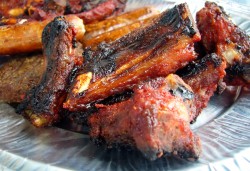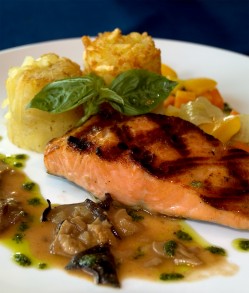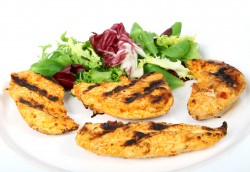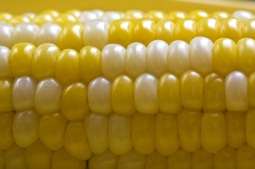When you’re reading through stainless steel grill reviews, you’re probably looking for answers to questions like, which grill functions the best? and which one is the best value? right?
However, you may find yourself increasingly confused – as this or that barbeque is said to be or have the best this or that. So what’s the deal with reviews? and how can you use them to your advantage?
Stainless Steel Gas Grill Reviews: Pros/Cons
[amazon_search design=”2″ width=”300″ market_place=”US” color_theme=”Default” default_search_term=”Stainless Steel Gas Grill” search_index=”HomeGarden” columns=”1″ rows=”3″ outer_background_color=”#000000″ inner_background_color=”” background_color=”” border_color=”” header_text_color=”#FFFFFF” linked_text_color=”” body_text_color=”” shuffle_products=”True” show_image=”True” show_price=”True” show_rating=”True” rounded_corners=”False”/]
Pros
Here’s the deal. Stainless steel grill reviews are simply, well, reviews. They present you with a summation of the product, usually highlighting its best features, and perhaps balancing it out with a few negatives or things to watch out for. And they can actually be a very helpful tool in helping you choose the right bar-b-q for you.
Cons
The only thing you may need to watch out for is who is giving the review. Though most reviews are from a reputable source, to make sure you’re getting good information simply compare reviews with other reviews and you should get a well rounded opinion that you can trust.
[myebay]Stainless steel gas grills[/myebay]
Stainless Steel Gas Grill Reviews: Analysis
What’s really cool about stainless steel grill reviews from some of the big name sites is all of the actual grill testing that’s involved in the review process. For example, one site actually runs each barbecue grill through rigorous testing in order to rate which ones heat evenly, are easy to use, and have the best features. While another site runs each grill that’s reviewed through a specialized research center. Also, most sites will post review commentaries from people who’ve bought and used the grill being featured and why they did or didn’t like it. Perhaps the best thing about gas grill reviews is how they can give you a real advantage in the buying process by saving you time and sparing you from buying a bar-b-q grill model that isn’t it a good fit for you.
Stainless Steel Gas Grill Reviews: Where to Buy
So if you’re searching through gas grill reviews and wondering which bar-b-que grill to buy – use them to your advantage, so you can get on with things quicker and get grilling!
Go back to Grill Reviews Main Page
Go to I Grill BBQ.com Home Page from Stainless Steal Gas Grill Reviews


